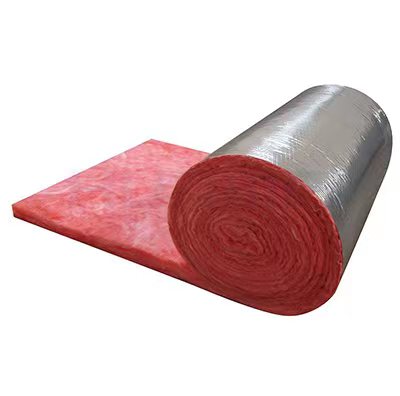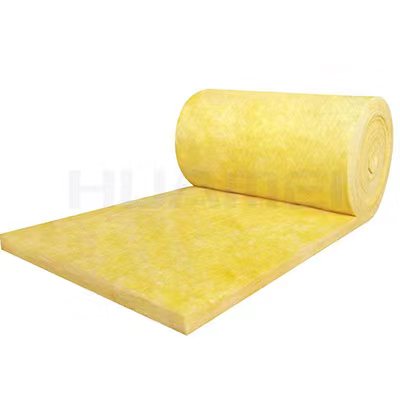Glass Wool belongs to a category of glass fibers. It is an artificial inorganic fiber.Glass wool is the molten glass fibrosis, forming cotton material, chemical composition of glass, is a kind of inorganic fiber, has good shape, small volume density, low thermal conductivity, thermal insulation, sound-absorbing performance is good, decay resistance, stable chemical properties. Quartz sand, limestone, dolomite and other natural ore as the main raw materials, with some soda, borax and other chemical raw materials fused into glass.In the melting state, with the help of the external force blowing style to cast into flocculent fine fiber, fiber and fiber for three-dimensional cross, intertwined together, showing many small gaps.This gap may be regarded as a pore.Therefore, glass wool can be regarded as porous materials, with good insulation, sound absorption properties.

So what's the difference between glass wool and rock wool?
I. different production materials and processes
Centrifugal glass wool is glass as the main raw material and then in accordance with a certain proportion with a variety of other accessories mixed into the glass furnace after fully melted, the melted solution through the leakage plate out, into the centrifugal.
Operate at a high speed centrifuge, the centrifugal machine high speed will be thrown into a glass trickle, in under the action of high temperature and high speed of flame, glass was further stretching trickle into fiber, then spray adhesives, in the collection of cotton net with negative pressure under the action of wind, attached the fiber composed of resin adhesives in the movement of the network, formed a uniform cotton blanket, and then by the constant temperature curing furnace, complete the curing process, the product shape, finalize the design after cutting has become after the scheduled products, and then for packaging. Fine basalt rock wool products as the main raw material, by high temperature melting, inorganic fiber is made from high speed centrifugal equipment, add special binder and swinging with the oil in the dust mat and through special equipment, the changing structure of fiber array, finally by curing shapes and made of a new type of lightweight thermal insulation material. Rock wool board can be processed according to different purposes, seam rock wool blanket, rock wool pipe shell and other products.
2: acoustic performance
Both glass wool and rock wool have sound insulation properties.As sound insulation cotton, 24kg/m3 centrifugal glass wool and 80kg/m3 rock wool have the same sound insulation performance.
Three: price comparison
Glass wool and rock wool per square meter price is basically the same, in transportation, construction and other links to save more costs
Four: hydrophobic performance
Glass wool will not be broken because of water and rain, easy to dry after being soaked in water, stable performance.Rock cotton soaked in water immediately after soft collapse, a lot of performance loss
Five: service life
Huamei glass wool will not produce powder and performance of the phenomenon of a sharp decline, safety stability glass wool service life can be up to 30 years, rock wool easy to powder, after a certain time will appear slag ball down, or even broken, the service life is generally about 10 years.

评论
发表评论